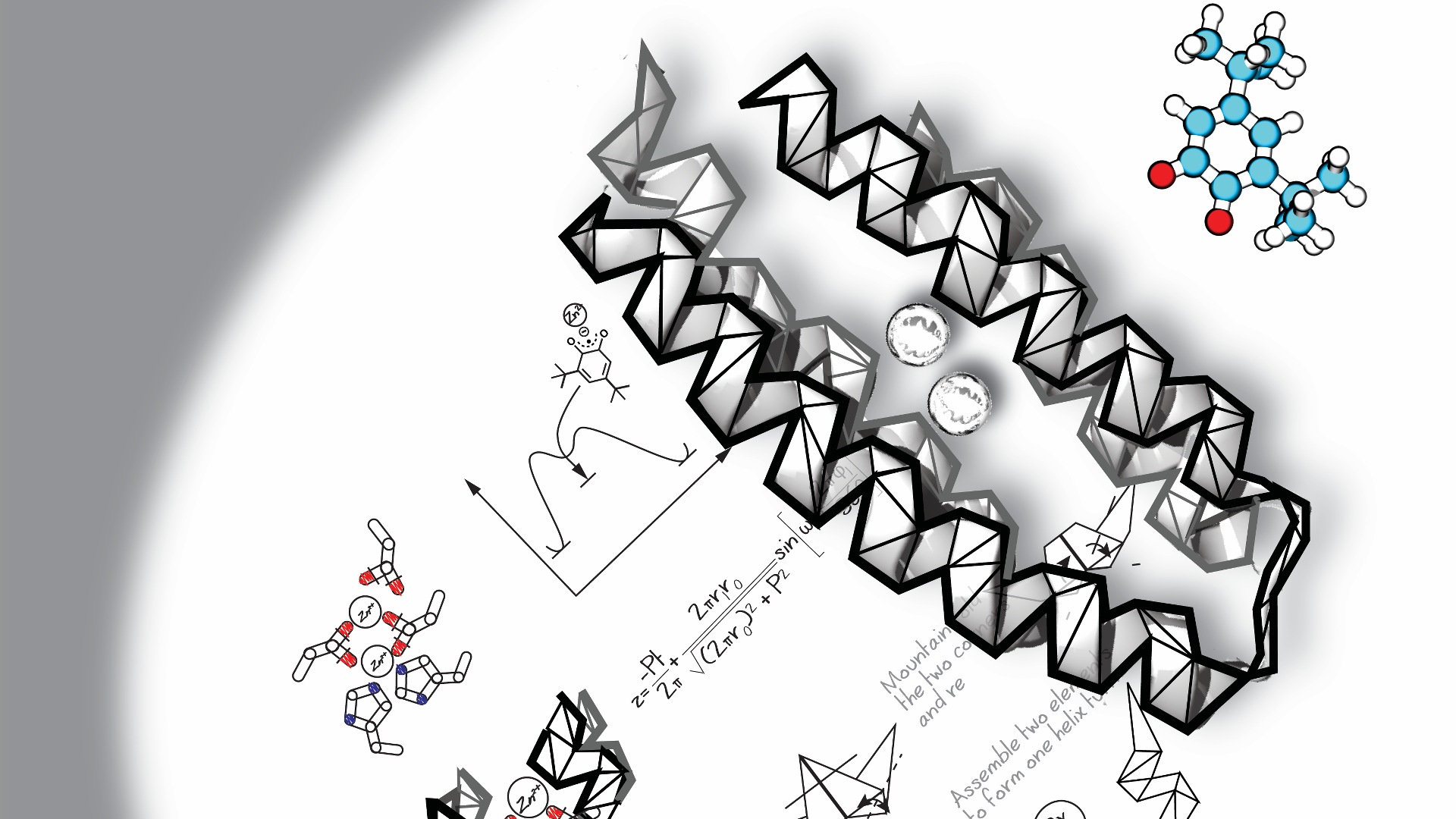
Enzymes have evolved to stabilize their substrates in high-energy states that otherwise are inaccessible at ambient temperature, thus lowering the activation energy of the reaction.
In order to understand this mechanism, I took part in the de novo design of an enzyme model at the University of California, San Francisco (UCSF), USA. This resulted in a free radical metalloprotein trap that stabilized a semiquinone radical (SQ•) of a catechol substrate by 9 kcal/mol. I developed and carried out an extensive computational study, using metadynamics simulations and QM/MM methods to produce a binding geometry of the SQ•. This allowed us to produce single point mutations that further improved the stabilization of SQ•. This work is the first example of designed proteins that are able to bind to the unstable form of a small-molecule cofactor, and provides us with insight as to how to stabilize such species.